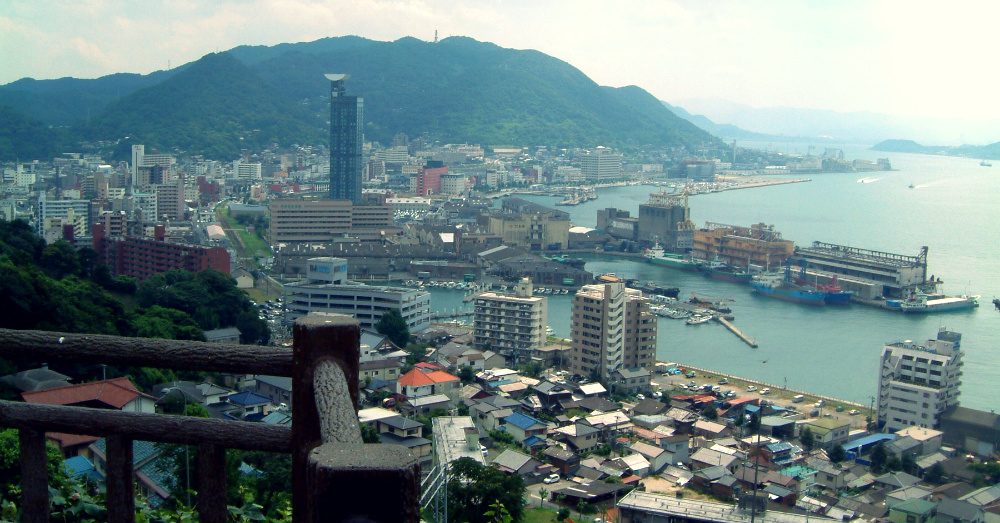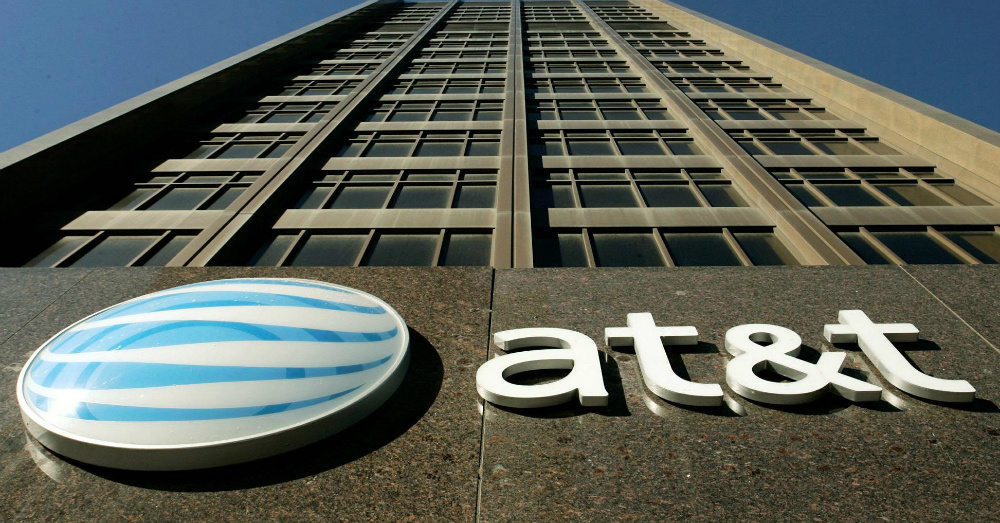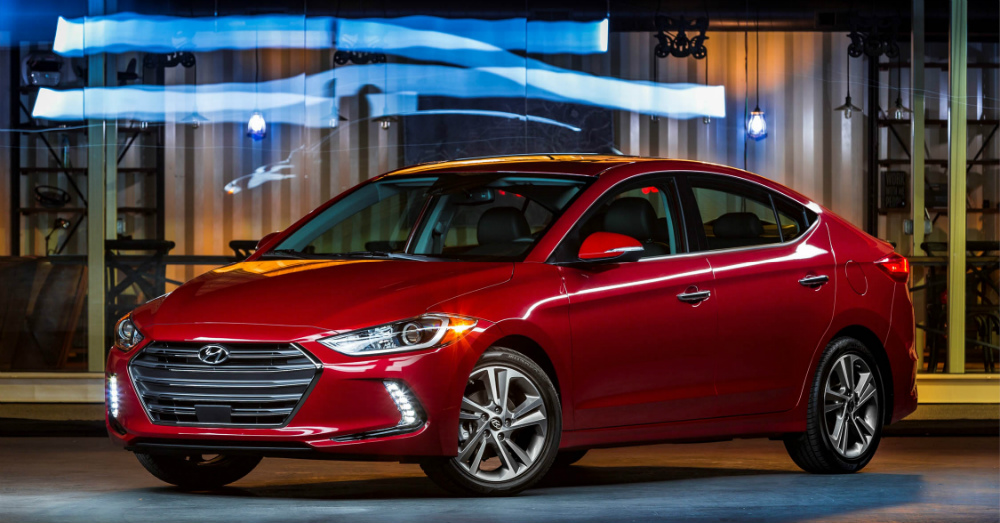Mazda announced in December their move of the Mazda CX-3 crossover production to the Hofu Plant No.1 in Yamaguchi, Japan. While the CX-3 is still becoming a hot seller in the US, the worldwide demand for this SUV has grown exponentially since the vehicle has become a global product. With this move Mazda hopes to be able to meet the demand for this product and have a more flexible production system in order to meet the continually increasing demand for their impressive SUVs that are fun to drive and active on the road which consumers love.
This move marks the third production facility to make the CX-3. The first was the Ujina Plant No.1 in Hiroshima where the CX-3 began in December of 2014 which was followed by Auto Alliance in Thailand where the production began in October of 2015. It seems the CX-3 is making a move annually from plant to plant to be a vehicle on the move within Mazda production as much as it is on the road. These changing locations simply have to do with the increase in demand the CX-3 calls for and each facility offers more production capability than the previous one so that Mazda can get the most from the run.
The domestic (Japanese) production of the CX-3 had been confined to the Ujina Plant No.1 which was also responsible for producing the CX-5 and CX-9 for the same market. The move to Hofu will help allow the supply chain to flow more easily and give Mazda the ability to respond to the growing demand for this vehicle around the world. This change was done smoothly because Mazda already had their Bundled Product Planning and Common Architecture Concept present which make the changes simple for any move from one place to another within the company.
The goal for Mazda is to create a flexible product system that can product as much as fifty percent crossovers in order to create a way to meet the overall sales goal of the company globally. This goal right now is set at 1.65 million vehicles and the production of the SUVs from Mazda, especially the CX-3 will be a key component to making this happen for the brand. The fact that Mazda uses a planning method and platform that can so easily be moved certainly helps to make this possible for the brand as they grow.
The Bundled Product Planning process is a method that projects trends five to ten years ahead to identify what products and technologies will be needed. This helps to create the elements that are common across the vehicle lineup to make it simpler to set up a production line when movement takes place. The Common Architecture Concept allows the characteristics of each component that are common for all models to be present, making it easy for Mazda to create their line of vehicles. These two aspects of the production line for Mazda have made the continual movement of the CX-3 production possible.
Interestingly, you could have three people who all own a CX-3 and they could all have been built in three different plants with this continued movement of the model. There is no doubt Mazda seems poised to be able to create the products we want and show the growth they are aiming for to give us a lineup of great vehicles that we want to drive and enjoy. The production of different vehicles in a variety of locations make it possible for the brand to be ready to meet their goals and build and sell more vehicles than ever before.
This post may contain affiliate links. Meaning a commission is given should you decide to make a purchase through these links, at no cost to you. All products shown are researched and tested to give an accurate review for you.




